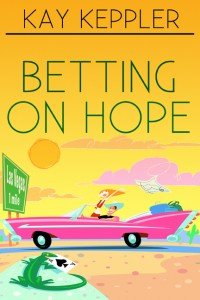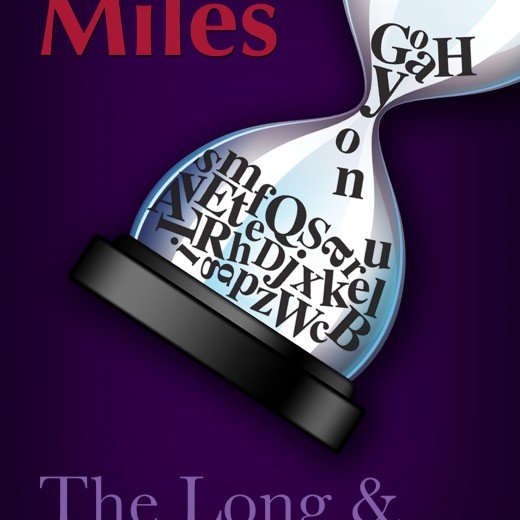Raising Your Story’s Stakes by Kay Keppler
Let’s welcome back Kay Keppler for another month with Writer’s Fun Zone! In today’s article, Kay discusses raising the stakes for our characters. Enjoy!
***
A story is a little bit like a game—it has two sides, a protagonist and an antagonist. They each go for the win.
As in a game, readers want to know what’s at stake. Is it life? Love? Friendship? Money? The ranch? The locket? Readers have to know what your hero or heroine will gain or lose in the story. What are the conditions of victory? What constitutes loss?
The story essentially is an if/then statement. If X, then Y. If our hero defeats the cattle rustler, the ranch is safe. If our hero finds the locket, she’ll know who her mother is. Never remove the stakes for the characters, because doing so robs a story of tension and urgency.
State the stakes
Your readers have to know the stakes, and they have to know sooner rather than later. The longer they must go without being made to understand the stakes, the less they understand the story. Why do these people struggle? Why take the journey? The stakes are key to keeping your readers engaged.
The stakes can be different for each character, even in the same scene. For extra tension, you can pit the stakes of one character against the stakes of another: the firefighter must put out the fire to secure the neighborhood, but the firebug must fuel the fire to cleanse the neighborhood. Or perhaps the unemployed dad must pinch every penny to put food on the table, but the son needs to buy a bicycle so he can get a paper route to help out the family.
Make ‘em care
Lots of summer blockbuster films are based on the idea that audiences like gigantic stakes: “If I don’t find the key, the entire galaxy will be sucked into a dark star and everyone will die!” That kind of story can be thrilling.
However, tying the stakes to an emotional investment makes readers and viewers care: “If he doesn’t ask me to prom, I’m going to die!” If the stakes mean a lot to the character on a personal level, they’ll mean more to your reader. Even in your summer blockbuster, tie in personal stakes for the characters to the bigger story arc.
Goals and conflicts are different…
Your characters have goals, check. But the stakes are about the consequences of your characters meeting, exceeding, or failing to reach their goals. Let’s go back to your guy who’s afraid of the dark. His goal is not to get pushed into the abandoned mine. But let’s say the villain does push him in. What are the stakes if he does? Our hero is scared, lost, cold, and hungry. But if he’s not found, he could die. So the stakes are huge.
If he does get pushed into the mine, his goal changes: now he wants to get out. And his stakes will be different, too. If he gets out, he’ll expose the villain for the evil that he is, and he’ll be a hero, too.
…And we’re not talking about plot
Plot results from characters acting on decisions. But at heart, what forces the characters to make choices in the first place is the story’s stakes — what’s on the line for the characters. As events unfold, new goals must be formed and new choices must be made. As your characters’ goals shift, the stakes shift.
As the story advances, you want to increase tension. Put more on the line for your characters, with bigger rewards and higher risks. Escalate the stakes by complicating them. A character can make bad choices—or make good choices that have unexpected outcomes. You can also complicate the stakes by having opposing stakes for different characters.
Go for the win
By the end of your story, you want to escalate the stakes so much that the protagonist must succeed with a seemingly unwinnable hand. And if you can do that, you have a winning story.
***
 Kay Keppler (www.kaykeppler.com) is an author (Zero Gravity Outcasts, Betting on Hope, Gargoyle: Three Enchanting Romance Novellas) and editor of fiction and nonfiction (Angel’s Kiss, Outsource It!) who lives in northern California. Contact her here or at kaykeppler@yahoo.com to ask questions, suggest topics, or if you prefer, complain.
Kay Keppler (www.kaykeppler.com) is an author (Zero Gravity Outcasts, Betting on Hope, Gargoyle: Three Enchanting Romance Novellas) and editor of fiction and nonfiction (Angel’s Kiss, Outsource It!) who lives in northern California. Contact her here or at kaykeppler@yahoo.com to ask questions, suggest topics, or if you prefer, complain.








I like the idea of thinking of it as a game…antag and protag on opposites sides of rock ’em sock ’em. Thanks!
A game! Yes, great idea!
That’s an excellent way to think of it. One story type that really clarifies the idea of antagonist/protagonist and lays bare the idea of stakes is the sports/game/contest narrative. Think of the Miracle on Ice (the 1980 Olympic hockey win for the U.S. over the U.S.S.R.) or any sports story where you have two teams battling on the field and only one team can win. That’s your basic story structure in a nutshell.